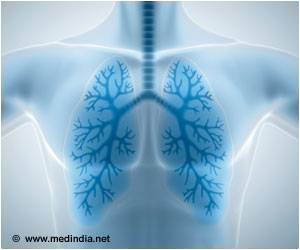The swine flu epidemic in India has claimed the lives of 36 more people, taking the total death toll in the country to 1,041.

The Skymet Meteorology Division in India has revealed that unusual weather conditions prevailing across the country have aggravated the situation and with the rainy days expected ahead, there is a possibility of steep rise in the numbers.
In order to curtail spread of the deadly influenza virus, it is very necessary for temperatures to rise, and humidity levels to drop, which is not expected to happen anytime soon.
Swine flu is caused by H1N1 virus and symptoms include high fever, headache, muscle pain, diarrhea, vomiting, stomach pain and internal and external bleeding.
Source-Medindia











